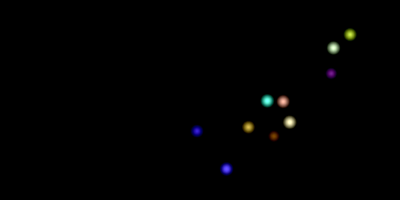Collected texts
my recent research texts & publications are available to download under the creative commons by-sa 2.5 licence
Digitális hang reprezentációk (pdf) / DLA kutatás, 2011
Tértörések (pdf) / DLA kutatás, 2010
A nyílt forrás filozófiája, kulturális gyakorlata, megjelenési formái a muvészetben és a tervezésben (pdf) / DLA kutatás, 2010
Emergens Rendszerek: Természeti Folyamatok, és Mesterséges Terek Kapcsolata (pdf) / szakdolgozat, 2008
Vizuális Programozás (pdf) / szigorlati dolgozat, 2007
Zenei Vizualizációk (pdf) / szigorlati dolgozat, 2006
transform@lab
As a collaboration of several universities across Europe including Gobelins (Paris, F), University of Wales (Newport, UK) Moholy-Nagy University of Design & Arts (Budapest, H) Transformatlab aims to be a series of workshops related to cross media projects including design, emerging technologies, nonlinear narratives, gaming in our culture of the networked society. Diverse set of interaction systems were presented to workshop participants. We were introducing physical sensor capabilities of Android tablet devices, computer vision using Kinect. This example is one of the many projects that were developed during the workshop. This prototype has been developed within two days from scratch using the openkinect library wrapper for java.
No Copy Paste
live coding practice is an emerging field in contemporary digital performance culture. we have made several performances in~ and outside of the field with the no copy paste collective.
several performances can be observed at the no copy paste website.
particle dance with gem & sensors

Creating a particle system, route and store their individual x position via dynamic patching. This data is then used to check collision with a line. Particle dance direction can be set by accelerometer (if you run an apple laptop).
Built with Pd-extended 0.42 download source: Particledance.zip
swarming nodes

This example demonstrates a mouse-following behaviour within the GEM window. The nodes create different sounds, according to their positions.
Important feature of their behaviour is that they know each other`s position by storing and
reading them using an array. They try to keep distance from each other, while trying to follow the mouse position.
Built with Pd-extended 0.40.3 download the source